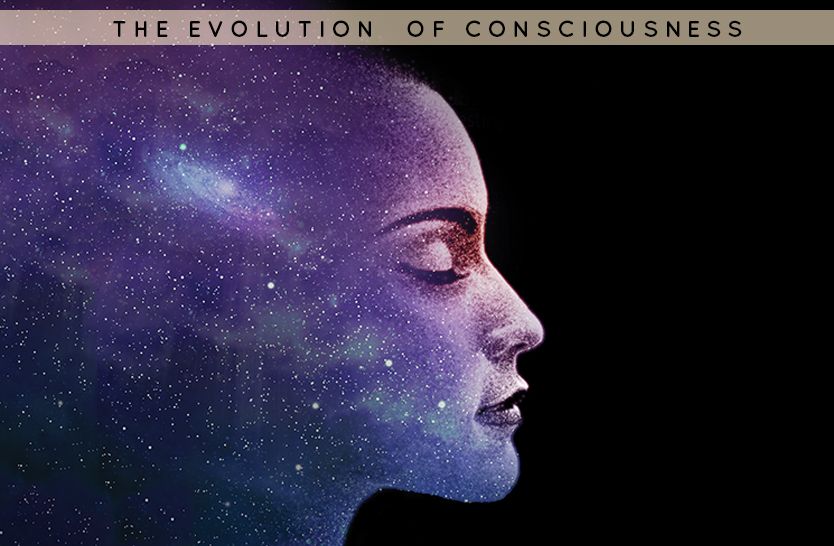Continúa después de la publicidad.
In the vast expanse of the universe, where time stretches beyond our comprehension and distances are measured in light-years, lies the mesmerizing tale of the origin of stars and planets. This journey from cosmic dust to the formation of celestial bodies is not just a story of science, but a narrative that connects us all to the universe. As we delve into this fascinating topic, we are accompanied by the pioneering insights of astronomers like Carl Sagan and Edwin Hubble, whose work has illuminated our understanding of the cosmos. 🌌
Imagine a time when the universe was a swirling cloud of gas and dust, seemingly chaotic yet holding the seeds of creation. How did these primordial elements come together to form the stars that light up our night sky and the planets that harbor life? This transformation from simplicity to complexity is a cornerstone of astronomy and a profound mystery that invites us to explore further. As we navigate this cosmic evolution, we are reminded of our own origins and the interconnectedness of all things.
Continúa después de la publicidad.
What hidden forces govern the birth of stars, and how do these stellar nurseries eventually give rise to planets like Earth? As you journey through this article, prepare to uncover the dynamic processes that turn stardust into the building blocks of life. Let us embark on this cosmic voyage together, celebrating the wonders of the universe and our place within it. 🌠
The Origin of Stars and Planets: From Cosmic Dust to Life
Understanding the Birth of Stars 🌟
The journey from cosmic dust to the twinkling stars we see in the night sky is nothing short of magical. Stars are born from clouds of gas and dust, often referred to as stellar nurseries or nebulae. These clouds, composed mainly of hydrogen and helium, are scattered throughout galaxies. But how does this transformation happen?
Continúa después de la publicidad.
The Role of Gravity
Gravity plays a crucial role in the birth of stars. When these vast clouds of gas and dust become dense enough, gravity starts pulling them together. As they collapse, the material at the core heats up, eventually reaching temperatures and pressures high enough to trigger nuclear fusion. This is the moment a star is born!
The Lifecycle of Stars
Stars, like living beings, have lifecycles. They are born, mature, and eventually die, often giving birth to new cosmic structures in the process. The lifecycle of a star is determined by its mass, which dictates its brightness, longevity, and the nature of its demise.
Different Types of Stars
Not all stars are created equal. Here are some common types:
- Red Dwarfs: These are small, cool stars with long lifespans. They burn their fuel slowly and can last for trillions of years.
- Blue Giants: Massive and luminous, these stars burn their fuel quickly and have short lifespans, often ending in spectacular supernova explosions.
- White Dwarfs: The remnants of stars like our Sun after they exhaust their nuclear fuel and shed their outer layers.
From Star Dust to Planets 🌍

Stars are the forges of the universe, creating elements in their cores through fusion. When stars die, especially in supernova explosions, they scatter these elements across the cosmos. This cosmic dust and gas become the building blocks for new stars, planets, and eventually life itself.
The Formation of Planets
Planetary formation begins in the swirling disks of gas and dust that encircle young stars. Over time, particles within these disks collide and stick together, forming larger bodies called planetesimals. Through a process of accretion, these planetesimals grow into planets.
Types of Planets
Planets come in various forms, typically categorized by their composition and distance from their parent stars:
- Terrestrial Planets: Rocky planets like Earth and Mars, found in the inner part of a solar system.
- Gas Giants: Massive planets like Jupiter and Saturn, composed mainly of hydrogen and helium.
- Ice Giants: Planets like Neptune and Uranus, with a core of rock and ice surrounded by a thick atmosphere.
From Inanimate Matter to Life
The question of how life emerged from inanimate matter is one of the greatest mysteries of science. The basic ingredients for life, such as carbon, hydrogen, oxygen, and nitrogen, are forged in stars and distributed across the universe. But how do these elements combine to form living organisms?
The Role of Water
Water is often considered essential for life as we know it. Its unique properties make it an ideal solvent for biochemical reactions. Many scientists believe that the presence of liquid water is a key factor in the development of life, which is why we search for it on other planets.
Preguntas frecuentes
Q: What is a supernova?
A: A supernova is a powerful explosion that occurs when a star exhausts its nuclear fuel. This explosion can outshine entire galaxies and is responsible for dispersing elements throughout the cosmos.
Q: Why are stars important for life?
A: Stars are crucial for life because they produce the elements necessary for living organisms. They also provide energy and light, creating conditions where life can flourish.
Q: Can planets form around any star?
A: While many stars have planetary systems, not all do. The presence of a protoplanetary disk and stable conditions are essential for planet formation.
By exploring the origins of stars and planets, we gain a deeper understanding of our own place in the universe. This cosmic journey from dust to life reminds us of the interconnectedness of all things. 🌌
Conclusión
In conclusion, “The Origin of Stars and Planets: From Cosmic Dust to Life” serves as an enlightening exploration into the vast and mesmerizing tapestry of the universe. As we’ve journeyed through the cosmic phenomena that govern the formation of stars and planets, it’s evident that the universe operates in a complex yet beautifully orchestrated manner. From the humble beginnings of cosmic dust to the intricate processes that give birth to celestial bodies, we gain a profound appreciation for the natural order that allows for the existence of life.
Understanding these cosmic processes enriches our comprehension of the universe and our place within it. It highlights the interconnectedness of all things, emphasizing how the elements forged in the hearts of stars are the very building blocks of life itself. This narrative not only fuels our curiosity but also inspires a deeper respect for the delicate balance that sustains life on our planet.
As we conclude our cosmic journey, I encourage you to reflect on the grandeur of the universe and the role we play within this vast cosmic arena. The study of stars and planets not only satiates our thirst for knowledge but also unites us in the shared wonder of existence. As you ponder the night sky, remember that you are part of this incredible cosmic story, a testament to the enduring power and mystery of the universe.
Thank you for joining me in this exploration. Your curiosity and engagement are vital to the continued pursuit of knowledge. What questions do you still have about our universe? How does the understanding of cosmic origins influence your perspective on life and the world around you? Let’s keep the conversation going and continue to unravel the mysteries of the cosmos together. 🌟




